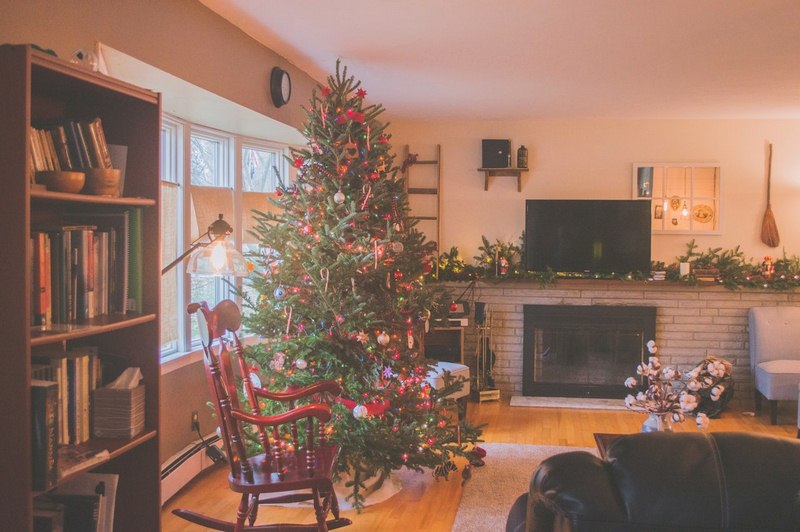A living Christmas tree is a great way to fill your home with the fresh scent of evergreen for the holiday, a green alternative to a fake PVC tree or cutting down a living tree and it can be enjoyed year-round for years to come.
Unfortunately, not everyone that decides to purchase a living Christmas tree for all the right reasons, has a clue what to do with it or how to even care for the tree as soon as the holidays are over.

Like every other potted plant, potted evergreens used as decorated Christmas trees can be kept healthy year round. Caring for your living Christmas tree after the holidays is possible with the following gardening tips.
Read Also:
Even though your living Christmas tree is going to be used and cared for indoors for a portion of the year, it is important that you choose a variety of evergreen that is right for your area.
Doing so will give your potted tree the best chance of thriving and make it easier to care for because you will be faced with less regional and climate issues.
Head to a local nursery and determine which evergreens are local to your area and able to survive potting conditions indoors and remain an ideal height.
In general Black Pine and Dwarf White Spruce work in all but humid regions and Serbian Spruce and Caucasian fir is ideal for humid regions.
Just as you had to acclimate your living Christmas tree to indoor conditions, you need to reintroduce it to the cold weather outside in a way that it will be able to survive.
Much like storing Christmas items after the holiday, your tree needs protection as well. Do not haul the potted tree outside immediately after pulling down your decorations, instead move your tree to a slightly cooler location that is protected from the outdoor environment.
A garage, sheltered porch or shed are great options because the temperature is not as low as outside and it will not immediately be subjected to harsh winds.
Keep the tree in a sheltered location for one to two weeks, watering well the entire time. Once it has been outside in colder conditions for a decent amount of time, you can then return it to it original spot outside, or somewhere you can enjoy it come spring and summer.
Because it is still in a pot it will always remain vulnerable to harsh winter conditions so any sheltered spot where it can still receive sunlight is the better option.
Even though the tree is in a pot it is still necessary to water and fertilize, and this should be done regularly all year round. Watering should be carried out weekly but just enough to keep the soil moist and allow the soil to dry out between weekly watering.
From spring till the start of fall the tree should be fertilized with a fish based fertilizer specifically formulated for potted evergreens.
So many new living Christmas tree owners neglect to do both of these figuring the tree can provide for itself, but because it is in a pot it will only be able to feed off of what is directly placed into the pot.
Like other trees, living Christmas trees benefit from regular pruning and this should be done every Spring as new candle growth arises. Only prune off half of the candle growth though so as not to entire deter the tree from growing.
This will allow you to maintain the ideal shape of a Christmas tree for next year as well and encourage the tree to fill in where new growth is needed.
Repotting your tree is a gardening task that is important but only has to be done as needed. Because your tree will always be growing, it is necessary to provide it with a larger home every two to three years.
Do this in the Spring, before your tree begins to add more bulk and to avoid disrupting its active growing season. Trim the root ball by about an inch and place it in a larger pot with new, fresh soil that has been added to the bottom and filled in on the sides of the root ball.